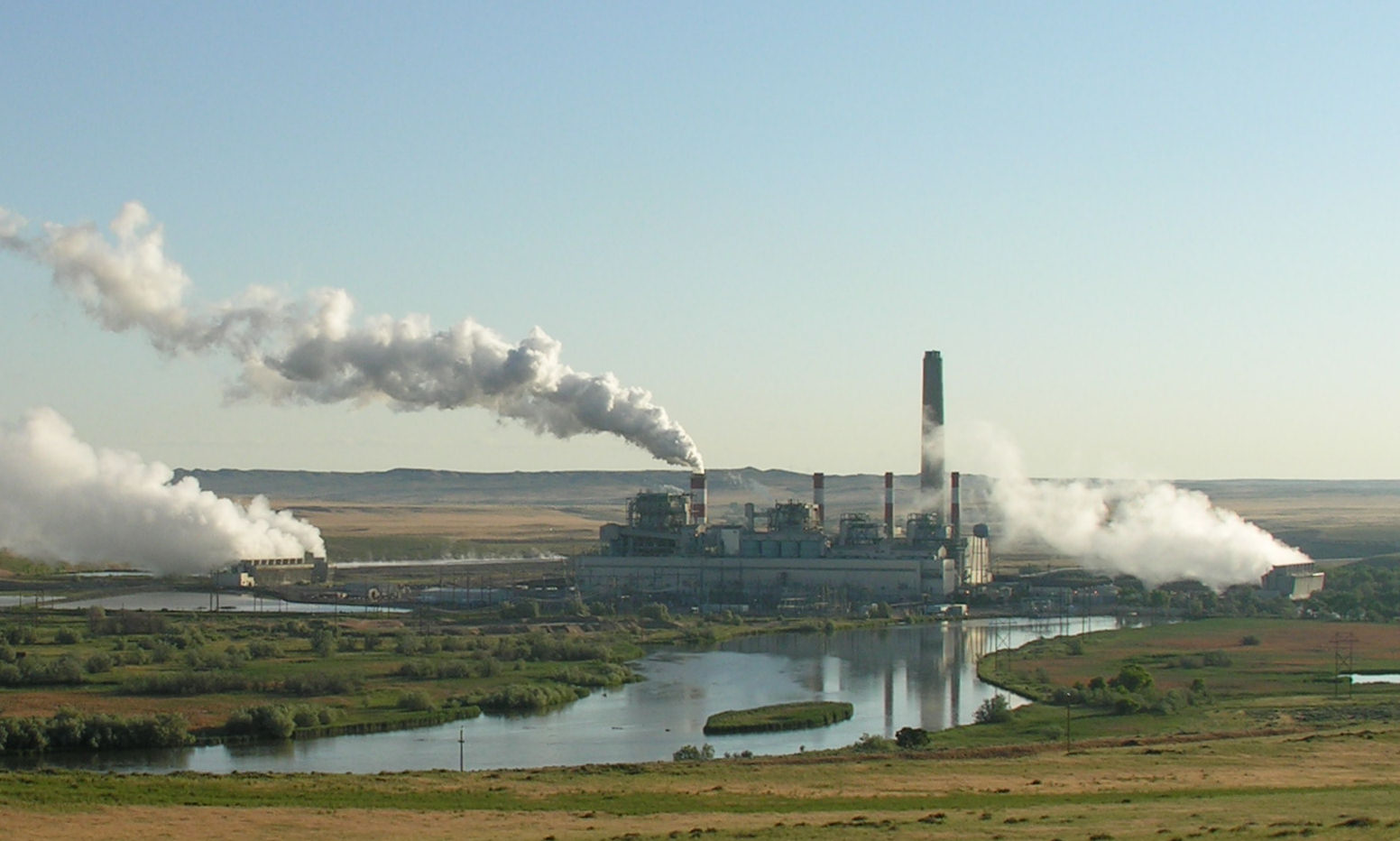Coal is the most important energy source for the Chinese economy and in a number of other places around the world. It is still the largest source of electricity in the US. It is also one of the main reasons that greenhouse gas emissions continue to increase despite worldwide technological progress and the expansion of renewable energy. New coal plants are still planned in many places and such plants will emit carbon dioxide for decades.
The problem is that coal is plentiful, inexpensive, and worst of all, heavily subsidized.
The costs of generating electricity from wind and solar power have dropped dramatically and can compete favorably with coal in many places. However, both of these are intermittent and when deployed widely, require backup capacity. This makes coal more attractive to investors.
More importantly, finance ministers around the world subsidize fossil fuels, mostly by enabling the sale of these fuels on the domestic market below world market prices and with tax credits. Such subsidies amount to over $500 billion a year worldwide. While these subsidies are often believed to benefit low-income households, the facts are that they mostly benefit the wealthier parts of society. The poorest 20% of the population receives less than 8% of the benefits. The richest 20% receives 40% of the benefits.
If fossil fuel subsides could be redirected to investments in basic infrastructures, there could be both a reduction in poverty and a less attractive market for coal. Coal alone can destroy any chance we have of meeting climate change mitigation goals being set around the world.
**********
Web Links
King Coal and the queen of subsidies
Photo, posted July 30, 2012, courtesy of Greg Goebel via Flickr.
Earth Wise is a production of WAMC Northeast Public Radio.
